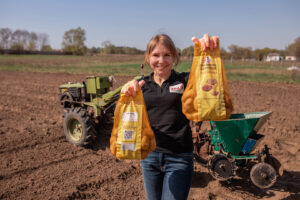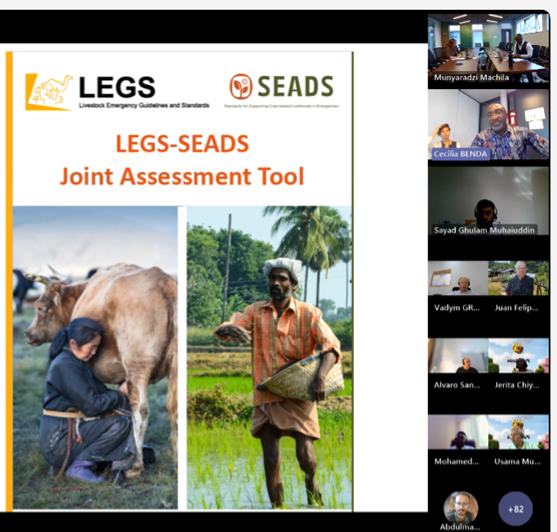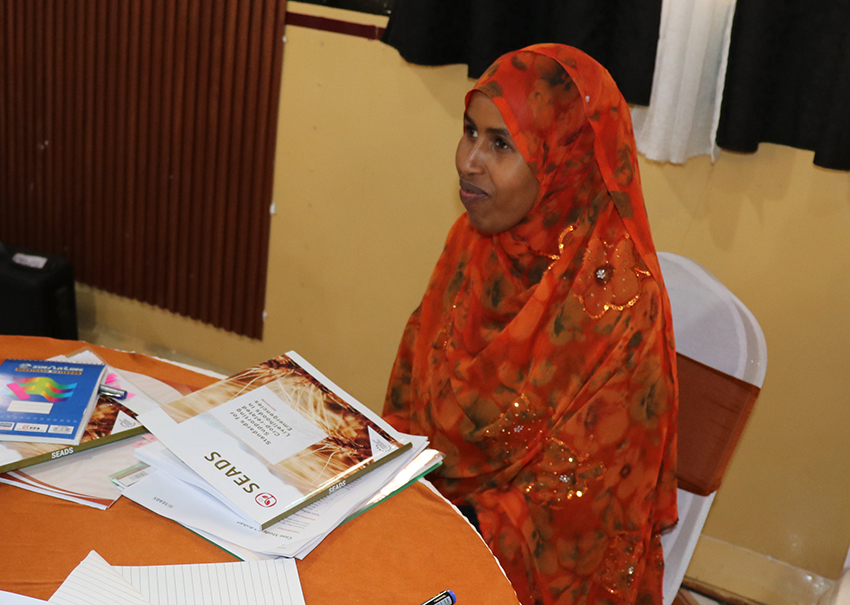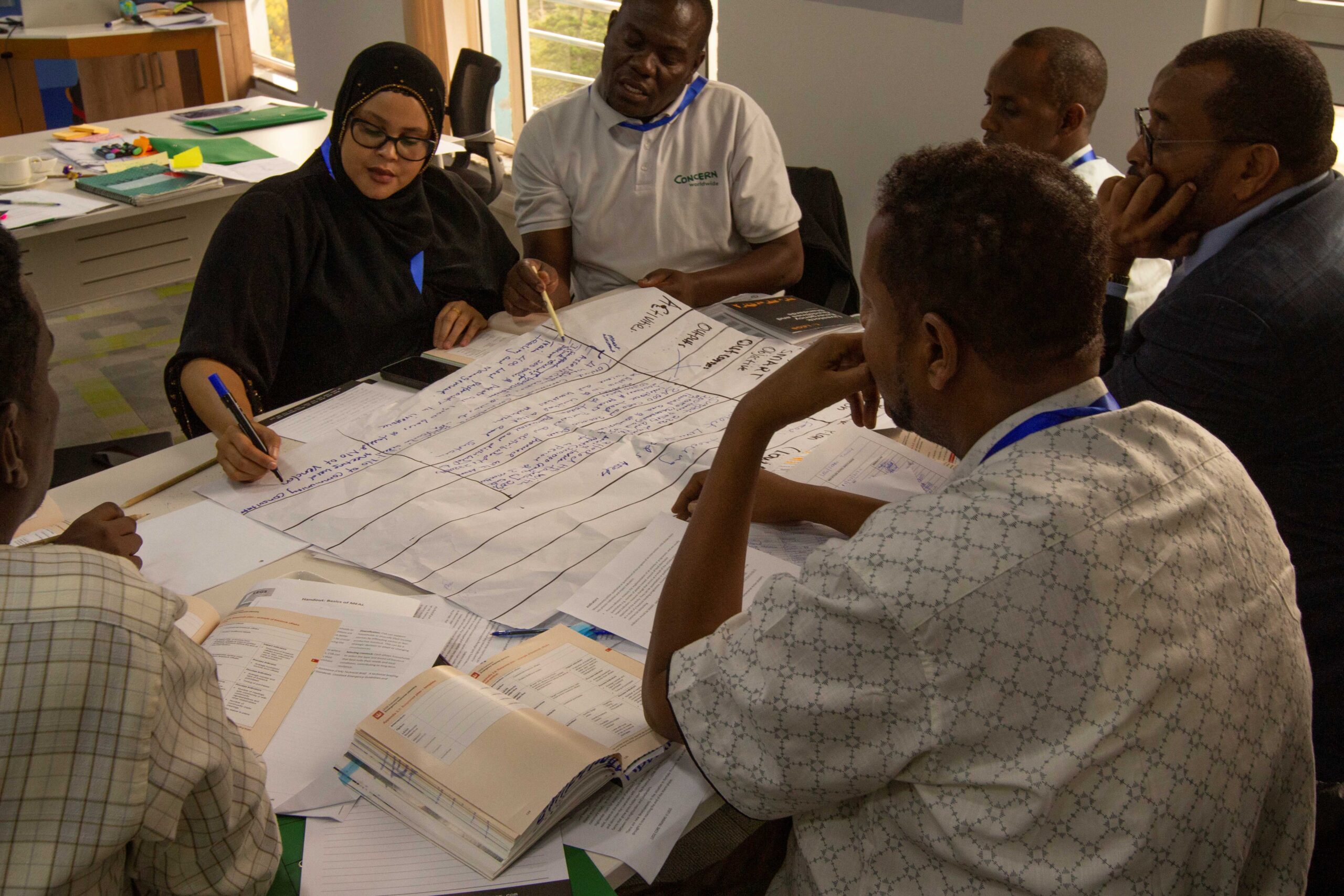
Ukraine’s agricultural sector is facing unparalleled challenges as the ongoing conflict disrupts global grain supplies, devastates farmland, and fractures market systems. A SEADS Orientation in early December 2024 brought together over 20 organizations – including international agencies, local non-governmental organizations (NGOs), and humanitarian actors – to explore practical solutions for rebuilding livelihoods and strengthening food security using SEADS Standards and tools.
Critical challenges in Ukraine
Participants highlighted critical issues plaguing Ukraine’s agricultural sector, including extensive damage to silos, irrigation systems, and transportation networks. Farmland contamination from unexploded ordnance and chemicals are additional concerns, along with climate-related pressures, such as erratic rainfall and soil degradation. Together, these challenges have left many smallholder farmers without access to seeds, tools, or functional markets.
“Ukraine’s agricultural backbone has been shaken to its core,” said Alistair Short, SEADS Coordinator. “SEADS provides the tools and frameworks needed to design effective, context-specific interventions that not only respond to immediate needs but also build resilience for the future.”
SEADS tools in action
Also discussed was the practical application of SEADS tools, such as the Response Area Identification Template (RAIT), and participatory approaches, which align interventions with community needs. These tools are particularly vital in Ukraine, where stark contrasts exist between frontline areas – where market systems have collapsed – and safer zones, where cash-based interventions empower farmers to access seeds and tools locally.
“Cash-based solutions are critical; they empower people to make choices while revitalizing local markets,” emphasized Iryna Kovalevych of the Estonian Refugee Council. She also pointed to the importance of agricultural infrastructure. “Greenhouses, for example, have been vital for winterizing crop production and extending growing seasons. SEADS helps us assess how to rebuild infrastructure while ensuring long-term sustainability.”
The session also underscored the importance of preparedness and early action, such as conducting seed security assessments and rehabilitating contaminated land. “SEADS provides a structured approach for designing responses that align with the realities on the ground,” noted one participant. “It’s about meeting immediate needs while preparing communities for future challenges.”
Future support
Looking ahead, SEADS plans to expand its support in Ukraine through initiatives such as translating the SEADS Handbook into Ukrainian and launching training programs for local NGOs. These efforts aim to strengthen the capacity of local actors to implement sustainable crop-related interventions tailored to Ukraine’s challenges.
With Ukraine playing a critical role in the global grain supply, the session highlighted the urgent need for coordinated efforts to rehabilitate the country’s crop sector. “Rebuilding Ukraine’s agriculture is about more than just livelihoods,” said Short. “It’s about ensuring food security for millions and stabilizing the global food system.”



